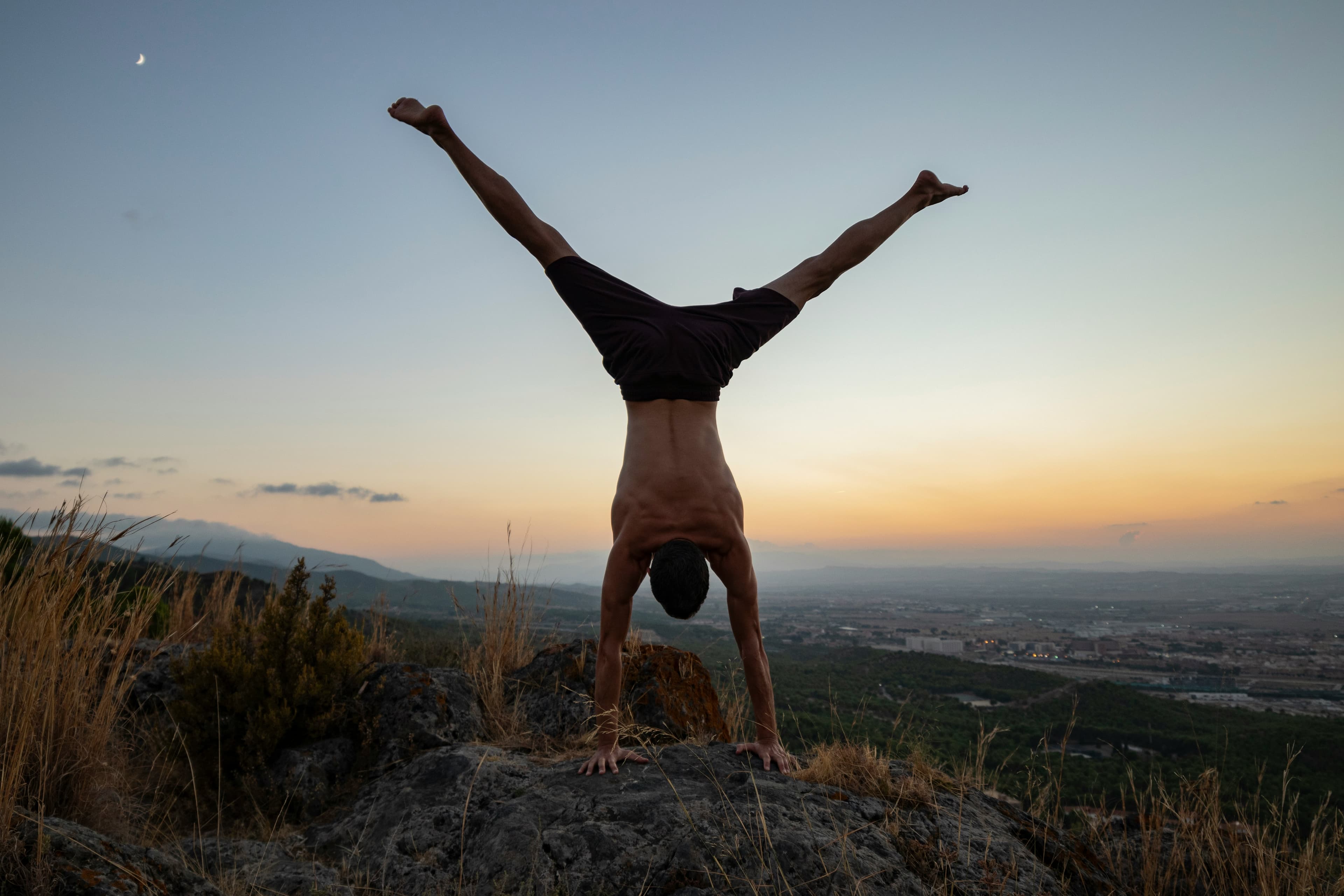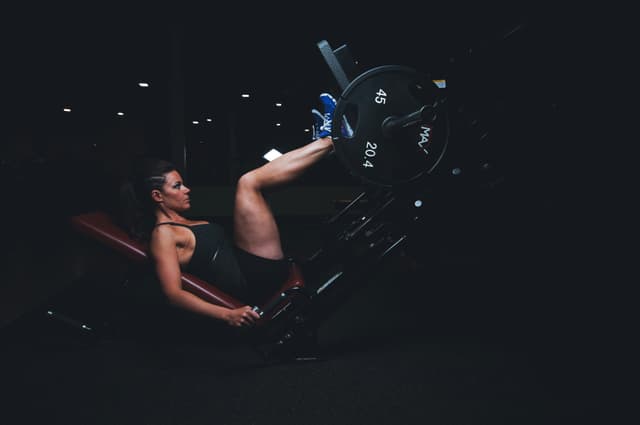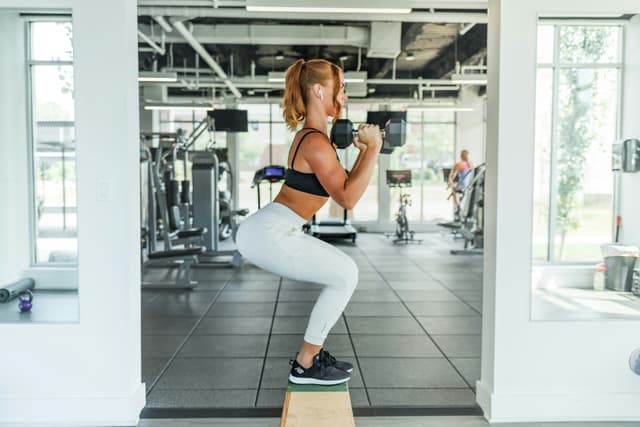Walk into any park today in a major city and you might see something interesting. Among the runners and dog walkers, you’ll find a new kind of athlete: someone effortlessly pulling themselves above a bar, holding a horizontal position mid-air like a human flag, or balancing in a handstand without a wall. This isn’t gymnastics or CrossFit—it’s the renaissance of calisthenics.
Once associated with old-school gym classes and military training, calisthenics is now one of the most talked-about movements in modern fitness. From viral street workout videos to Instagram influencers mastering planches and front levers, bodyweight training is everywhere. But this isn’t just a passing trend—calisthenics is a philosophy, a community, and a lifestyle that’s helping reshape how we think about strength, aesthetics, and longevity.
A Brief History of Calisthenics
Calisthenics isn’t new. Its roots trace back to ancient Greece, where it was used to train warriors and athletes. The word itself comes from the Greek kallos (beauty) and sthenos (strength)—a fitting name for a practice that combines grace with power.
In the 20th century, calisthenics was a staple of military training and physical education. Push-ups, sit-ups, jumping jacks—simple, effective, and accessible. But as the gym culture of the 1980s and ‘90s took off, machines and weights replaced bodyweight as the gold standard for building muscle.
Today, however, calisthenics is making a powerful comeback. But it’s not just about going back to basics—it’s about doing more with less.
Why Calisthenics is Back—and Bigger Than Ever
1. Minimalist by Design
One of the core appeals of calisthenics is that it’s accessible. You don’t need a gym membership or expensive equipment. A pull-up bar, a bit of open space, and your own body are enough. In a world where fitness often feels over-commercialized, this return to minimalism is refreshing.
This was especially evident during the COVID-19 pandemic, when gyms shut down and home workouts surged. People started seeking alternatives—and found freedom in push-ups, squats, and handstands.
2. Functional Strength Over Aesthetic Muscle
While bodybuilding often emphasizes aesthetics, calisthenics leans into functionality. Holding a planche or pulling off a muscle-up isn’t just about looking strong—it is strong.
You train your body as an integrated whole. Your core is always engaged, your stabilizer muscles are constantly working, and every movement challenges your coordination. This makes calisthenics one of the most efficient ways to build usable strength.
3. Mind-Body Connection
Progressing in calisthenics requires not just strength, but control. You learn to move with intention. To balance. To breathe. There’s a mental discipline baked into the training that’s not unlike yoga or martial arts.
This focus on awareness and progression—especially with advanced skills like the front lever or back lever—cultivates patience, focus, and self-discipline. It’s fitness as both physical and personal evolution.
Inside the Calisthenics Toolbox: Core Moves and What They Build
Unlike weightlifting, which often isolates muscle groups, calisthenics is compound-heavy. Most exercises engage the whole body, especially the core.
Let’s explore a few foundational exercises and their benefits:
● Push-Ups (Chest, Triceps, Core)
Still one of the most underrated exercises. Variations like archer push-ups, pseudo planche push-ups, and one-arm push-ups elevate the challenge.
● Pull-Ups (Back, Biceps, Shoulders)
The cornerstone of upper-body pulling strength. From standard grip to wide, chin-ups, or muscle-ups, pull-ups test both power and endurance.
● Dips (Chest, Triceps, Shoulders)
Performed on parallel bars or rings, dips are a brutal but effective triceps and shoulder builder.
● Squats & Pistol Squats (Legs, Glutes, Balance)
The classic bodyweight squat is a great foundation, but progressions like pistol squats introduce balance and unilateral strength.
● Plank Variations (Core, Stability)
From forearm planks to side planks to plank reaches, these build isometric strength and posture control.
● Levers (Full-body Control, Core, Back)
Front and back levers are iconic in calisthenics, demanding full-body tension and months of training to master.
The Street Workout Culture
In many ways, calisthenics owes its modern revival to street workout culture. Born in urban playgrounds and parks—especially in cities like New York, Berlin, and Moscow—street workout is as much art form as sport.
These athletes train in public spaces, often shirtless and in all weather, mastering their own bodies while performing for small crowds or online audiences. The aesthetic is raw, gritty, and intensely self-driven.
Social media has amplified this culture. Instagram, TikTok, and YouTube are flooded with slow-mo handstand tutorials, group workouts under overpasses, and jaw-dropping transitions between bars. This visibility has brought a sense of cool to calisthenics that the gym never quite captured.
Is Calisthenics Enough for Total Fitness?
This is one of the most common questions asked by skeptics. Can you really get jacked without weights?
The answer: absolutely.
Calisthenics athletes like Chris Heria, Austin Dunham, and Daniels Laizans are living proof. With enough intensity, progression, and volume, bodyweight training can deliver impressive hypertrophy, strength, and mobility.
That said, it does have its challenges. Lower body development can be tougher without weights, and progressive overload must be intelligently structured (adding reps, increasing difficulty, adding tempo, or using weight vests).
Calisthenics and Mental Health
Something that’s often overlooked in discussions of fitness is the psychological impact of a training style. And here, calisthenics shines.
Because it emphasizes skill progression and personal mastery, every small win feels meaningful. The first time you hold a 10-second handstand. Your first pull-up. Your first back lever. These moments build confidence—not just in your body, but in your ability to commit to something and grow.
This form of self-efficacy—knowing you can change yourself—is deeply empowering. For many, calisthenics is a form of therapy. A daily ritual that grounds, motivates, and heals.
Incorporating Calisthenics Into Your Life
● Start With What You Know
You don’t need to start by learning a handstand or a planche. Begin with push-ups, squats, planks, and pull-ups. Master the fundamentals.
● Train Consistently, Not Excessively
Three to five focused sessions per week can yield great results. Remember, recovery is essential—especially when training full-body compound movements.
● Document Progress
Take videos, track reps, and keep a training journal. Calisthenics rewards precision and progress over time.
● Join a Community
Find a local park group, online forum, or social media community. Calisthenics is often better with others. You’ll get feedback, inspiration, and accountability.
Calisthenics Meets Modern Tech
Interestingly, the ancient art of calisthenics is now being supercharged by tech. Apps like Thenx, Madbarz, and Freeletics offer structured programs, video demos, and progression trackers.
Wearable tech like Whoop and Apple Watch help monitor strain and recovery, while platforms like Reddit’s r/bodyweightfitness are global hubs for learning and sharing.
The fusion of minimalism and digital guidance has made calisthenics more accessible than ever.
Strong, Free, and Functional
In a world of high-intensity workouts, expensive equipment, and aesthetic pressure, calisthenics offers a refreshing alternative: mastery over machinery, function over form, and freedom over confinement.
It’s not just a way to work out—it’s a way to reconnect with your body. To learn what you’re truly capable of. To build not just muscle, but resilience, confidence, and control.
So next time you walk past that pull-up bar at the park, stop. Hang. Breathe. And maybe, just maybe, start your journey back to the basics.
Back to calisthenics.
Loading...



